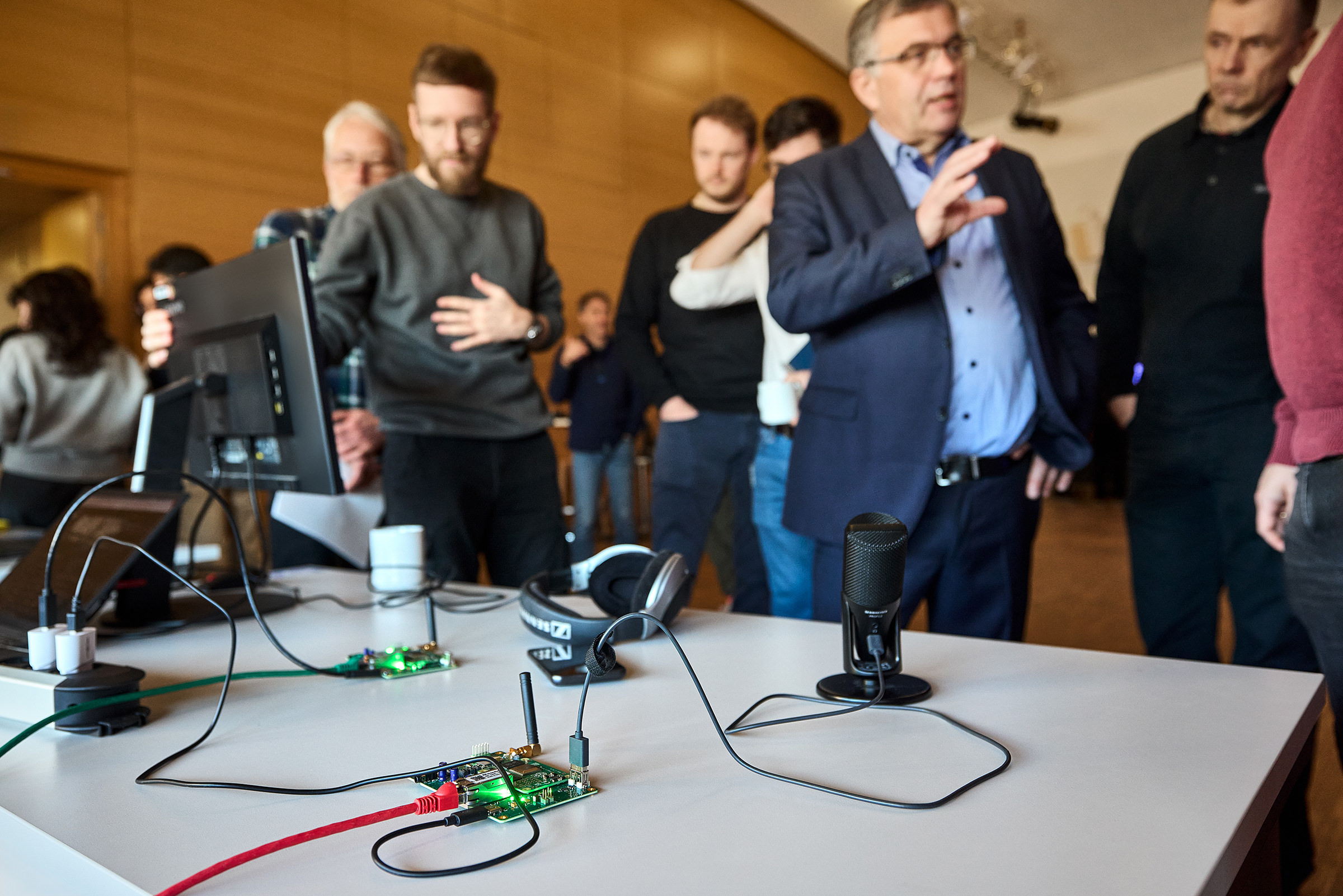MERCI project takes DECT NR+ from vision to reality
Wedemark, October 2025 – When hearing “DECT”, many people immediately think of their cordless home telephone sets. However, DECT technologies have always been much more than just telephony – they enable a rich set of user-deployed communications solutions. DECT has developed a huge potential over several iterations, and especially in its latest evolutionary step, DECT NR+, which is based on completely new radio technology. This is where the Franco-German innovation project “MERCI” comes into play: It was created in 2023 with the aim of developing innovative professional solutions for private local 5G networks based on or complemented by DECT-2020 NR (DECT NR+). Since then, the initiative has brought forth a string of technology demonstrators that showcase the ample capabilities of DECT NR+. As the first non-cellular 5G research project to involve professional audio and entertainment right from the start, MERCI had these businesses working hand in hand with the industrial IoT sector. And while the MERCI project concluded at the end of July 2025, its results – demonstrated at a final workshop at the Sennheiser head office earlier this year – continue to fascinate DECT enthusiasts well beyond Europe.
Looking back at the successful research initiative, Dr. Andreas Wilzeck, MERCI consortium lead and German lead of the consortium, considers the early availability of first chipsets and development boards from associated partner Nordic Semiconductor “as the breakthrough for MERCI in October 2023”. Less than two years later, the project’s final workshop demoed the full breadth of technological opportunities that DECT NR+ offers: Whether automated guided vehicles, the world’s first MPEG-H object audio live transmission, or even a fully blown concert, the new technology not only ticks all the boxes for industry use – but also those of professional audio applications, where consistently low latency and reliability are key.
Wilzeck comments: “In order to make the 5G vision for professional audio a reality, Sennheiser was involved in a multitude of research projects during the past decade. Unfortunately, they all proved to not be feasible economically or technically, and sometimes even both. With the MERCI project employing DECT NR+ technology, however, things stand totally differently: MERCI has proven the feasibility of DECT NR+ for many use cases, this technology is set to enrich and massively improve on existing DECT product portfolios.”
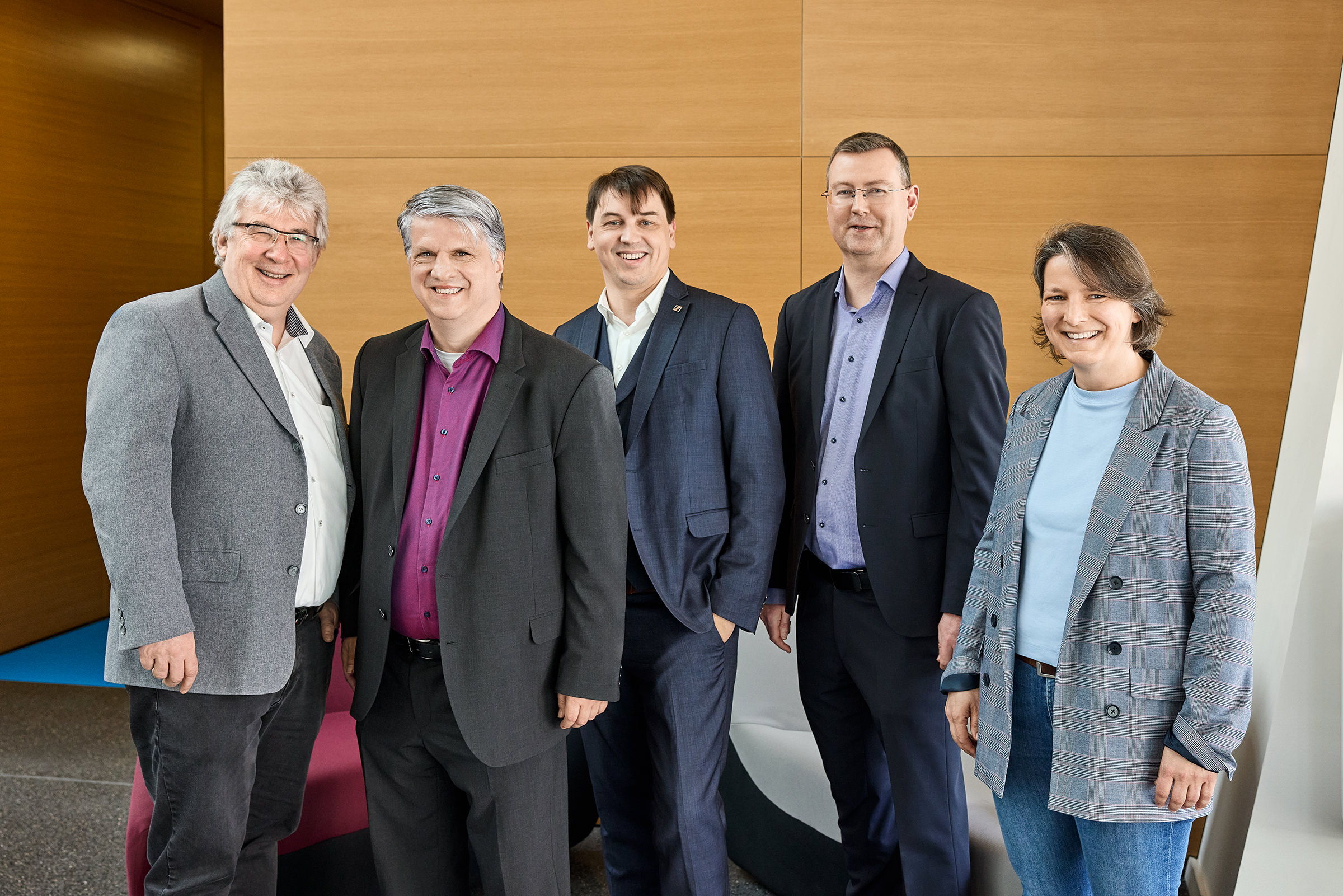
The secret sauce for the potential that DECT NR+ possesses is the fact that “DECT NR+ is a completely new standard,” says Jens Pilz, MERCI project manager. “All previous DECT iterations, including DECT evolution, have tried to optimise DECT for certain applications, but they never touched the basic technology in order to still remain compatible. The new DECT NR+ standard, however, made a clean sweep, saying that they don’t need to be backwards compatible to old gear, just mindful of co-existence, and started from scratch. And the reason why this new DECT NR+ technology was ready so fast is that it has had access to the rather exclusive 1.9 GHz DECT band right from the start, where highly sensitive applications like robot control systems can live.”
Speakers at the event included Dr. Walter Mattauch, responsible for the development of digital technologies at the Ministry for Economic Affairs and Climate Action, as well as Jens Pilz and Jan Outters, the French lead of MERCI. In their speeches, they traced the development of DECT NR+ from its beginnings to today. Jussi Numinnen, ETSI TC DECT chair, rounded off the addresses, and invited project members and guests to experience the research demonstrators.
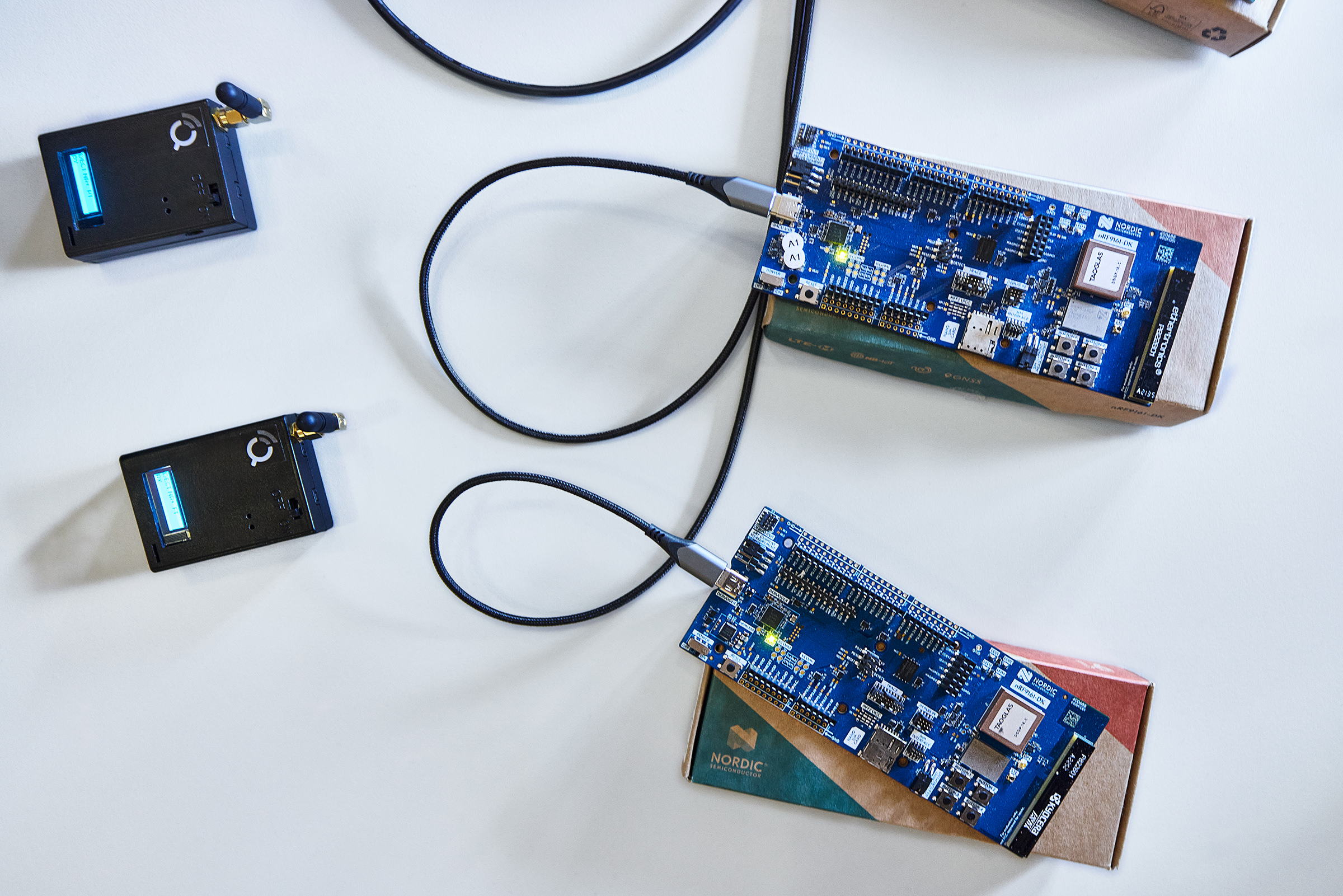
Private 5G networks with amazing capabilities
The demonstrations gave an idea of the superiority of the new DECT generation. Where typical 5G networks based on existing 3GPP technology pose various challenges as regards cost, performance and network ownership, 5G transmission based on DECT NR+ will not only deliver better performance but also resolve the conflict between a company’s IT and OT (operational technology) and put companies in full control of their own networks. 5G private networks will be possible for everyone, even in dense deployments, without any business difficulties or economic burdens.
In industry communication, much longer lifecycles are involved than in consumer technology due to the cost of manufacturing lines, for example. This is why wireless and network technologies have only recently begun to arrive in the manufacturing spaces, so DECT NR+ comes at a good time.
“The advantages of DECT NR+ based 5G for manufacturers include massively reduced costs and complexity, as you can build small, modular networks,” explains Dr.-Ing. Mathias Bohge, CEO of R3 Solutions GmbH. “For 3GPP networks, you will need expensive hardware to start off, which could be several thousands of euros. But these DECT NR+ boards will just cost a few hundred euros. Currently, this is a bit of a David vs. Goliath situation – you have the big telecoms companies with their 3GPP standard, and then DECT NR+, which is still small, but extremely powerful and driven by Europe. I’m passionate about this great technology! ”
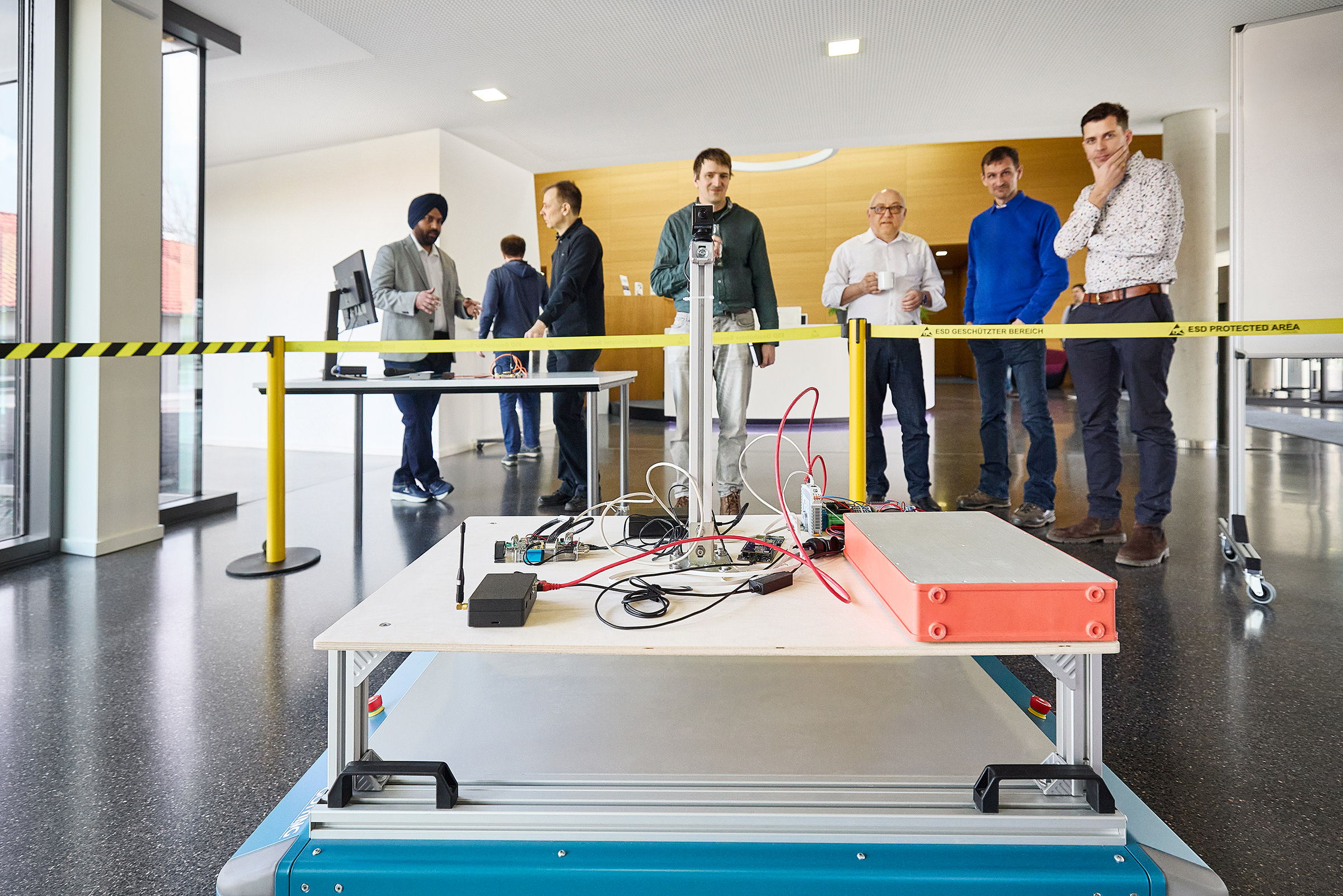
R3 Solutions and Götting integrated the standard DECT NR+ protocol into an application where a scanner communicates with a camera trolley, which is automatically circling an artist moving on stage. In a factory automation setting, the scanner could, for example, stop a machine when a person leaves a predefined area, or would be able to reliably control multiple small trolleys within a defined area, something you need scanners on every single trolley for today.
Pilz emphasised that “There was none of the big telecoms involved in the project. The participants were either small or medium-sized companies, using European technology and boasting an innovative power which I haven’t seen in any other project so far.”
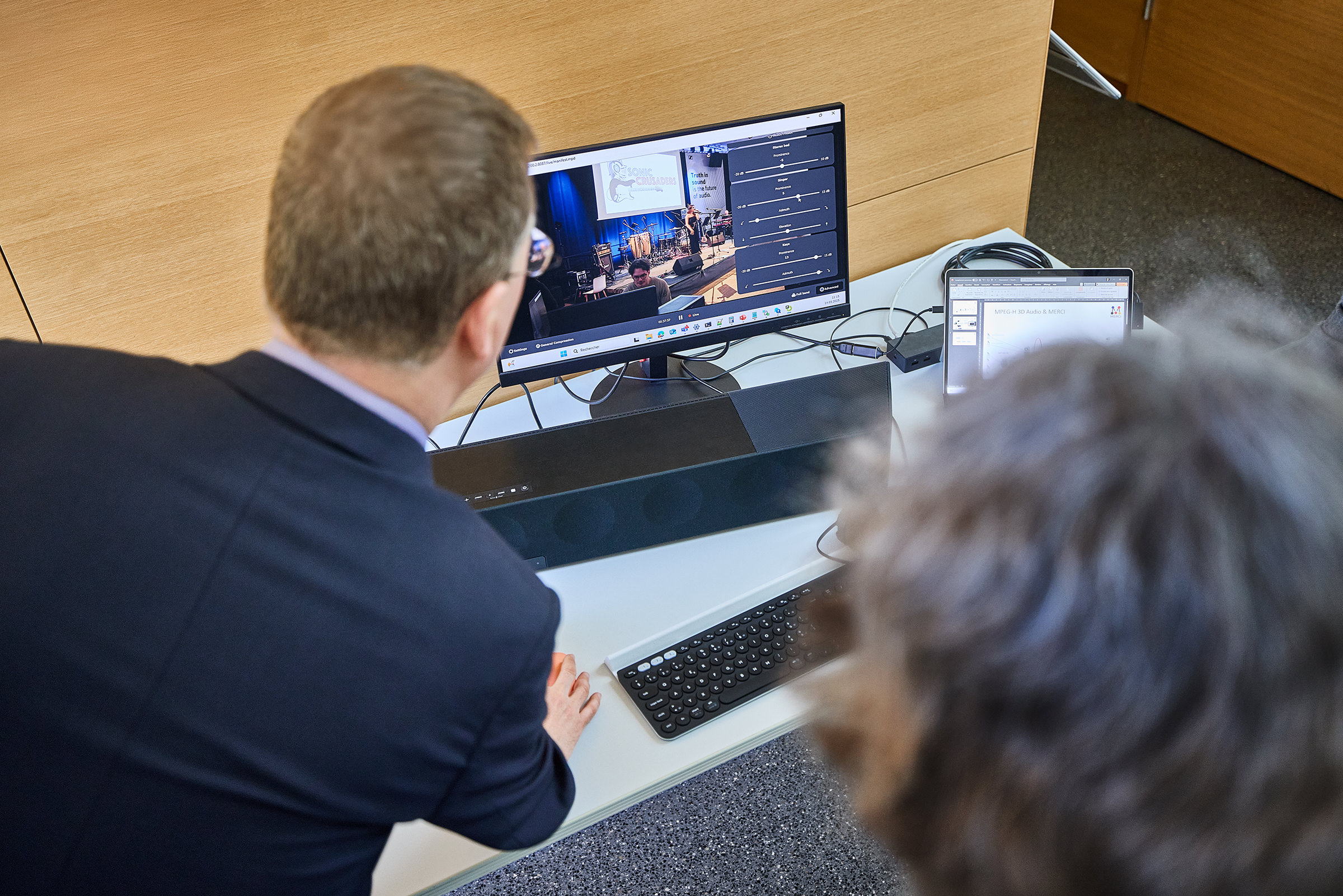
ATEME with Jan Outters demoed an immersive audio solution with MPEG-H object audio, implementing the world’s first object audio transmission via DECT NR+. The audio signals were picked up from band “Sonic Crusaders” playing on a Sennheiser stage, then transmitted wirelessly to a mixing desk using DECT NR+, and from there on to a virtual end device, where the user can arrange the individual audio objects – for example the lead singer’s voice or the keys – as he or she likes, changing prominence, azimuth, elevation and much more.
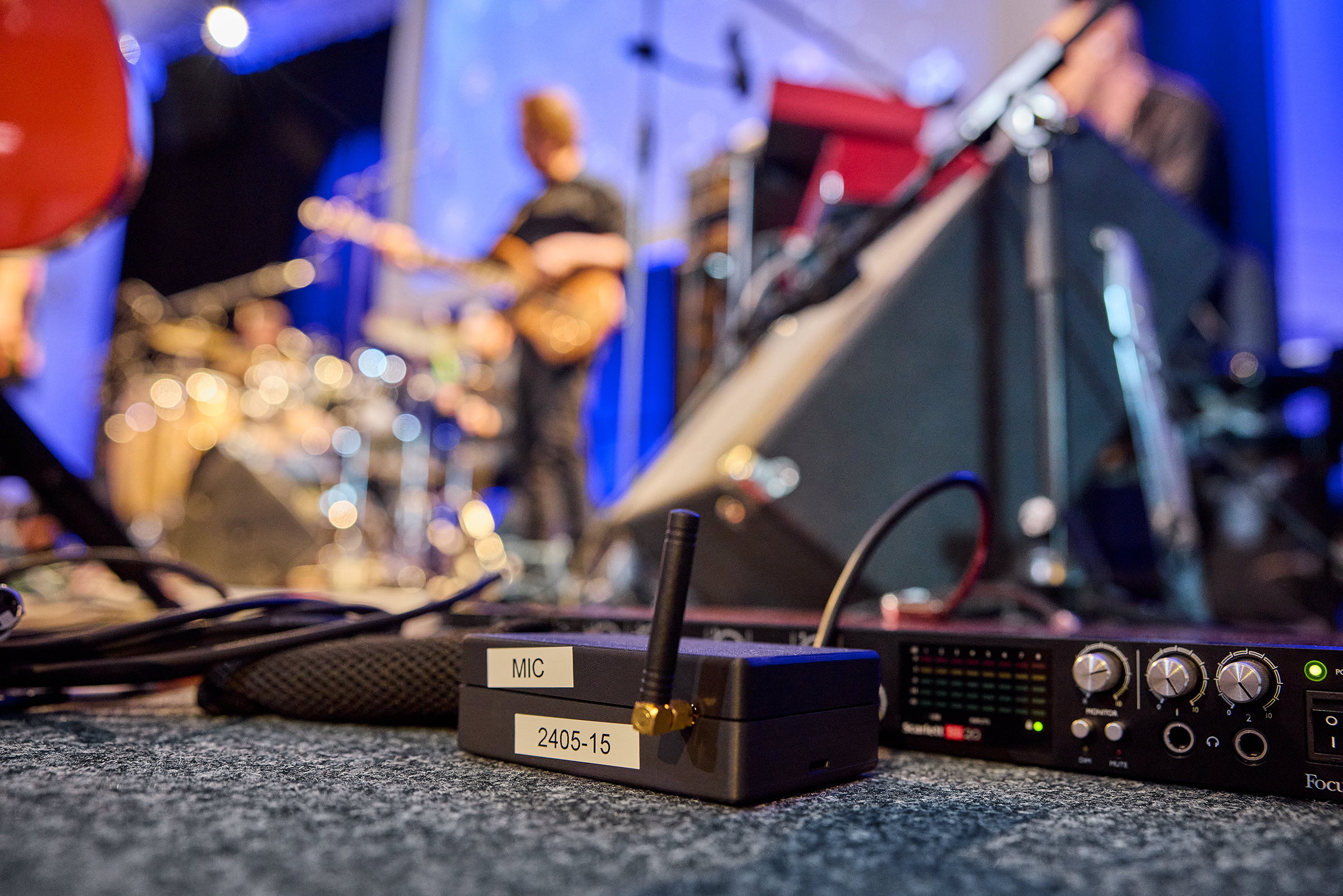
Pilz noted: “Mind you, this is the very first iteration of DECT NR+, and from the research we have done, it will be able to do so much more. The next step will be further iterations and miniaturisations of the demonstrator boards into system modules that can be integrated into products. Also, industry applications require the establishment of a second source for the chips, to not be dependent on one manufacturer alone.
The Ostfalia University of Applied Sciences showed how an interface between the allocation services of a regulatory authority and wireless users such as DECT NR+ users could be automated and digitised. When planning an event, users would simply click their location on a map and enter the date and time of their event, with quick feedback coming from the regulatory authority, which would massively simplify frequency allocation for professional RF managers.
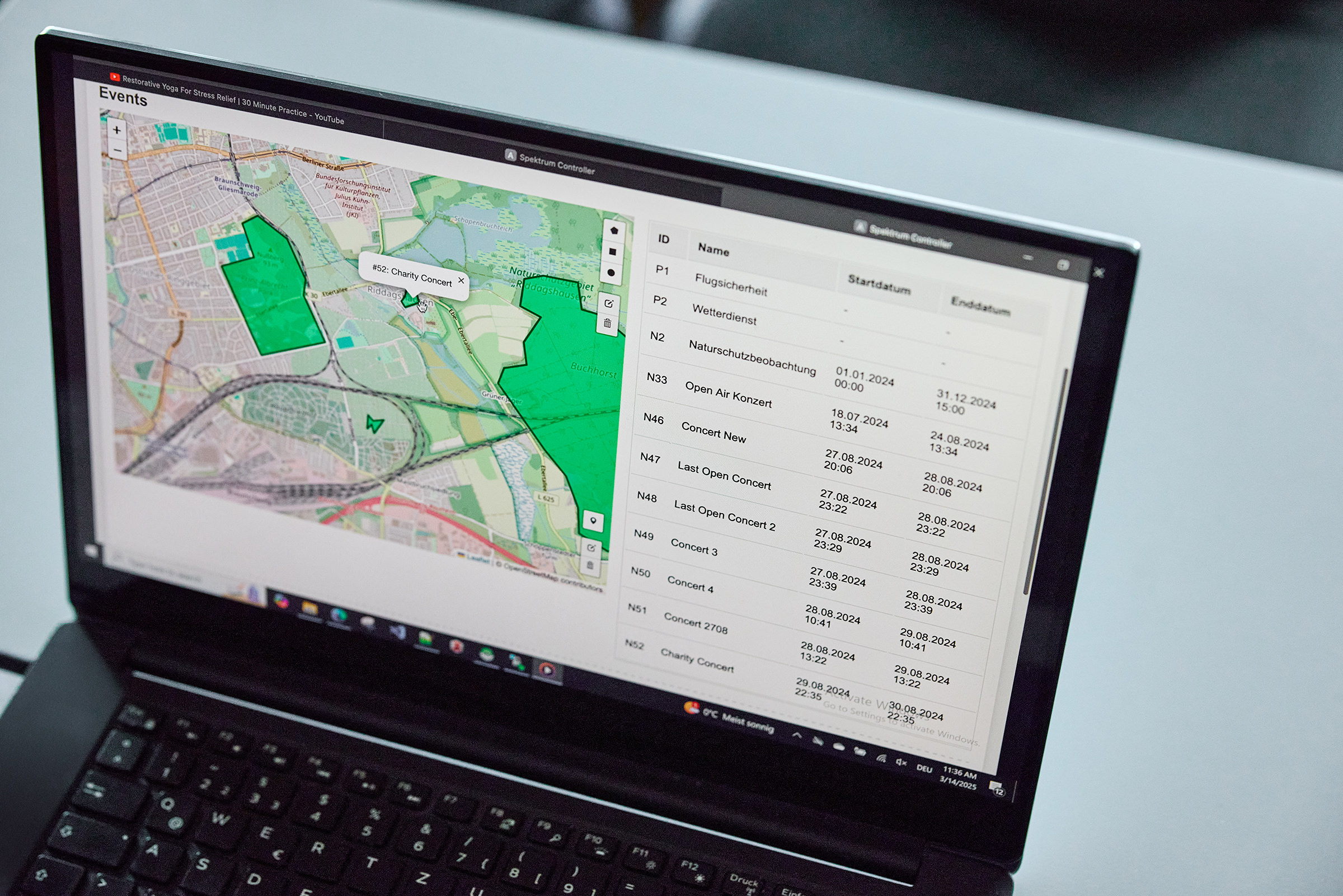
Smart metering with DECT NR+
Wirepas, specialist for IoT applications, demoed wireless mesh technology based on DECT NR+, which will massively help in any smart metering applications, especially in countries with big populations.
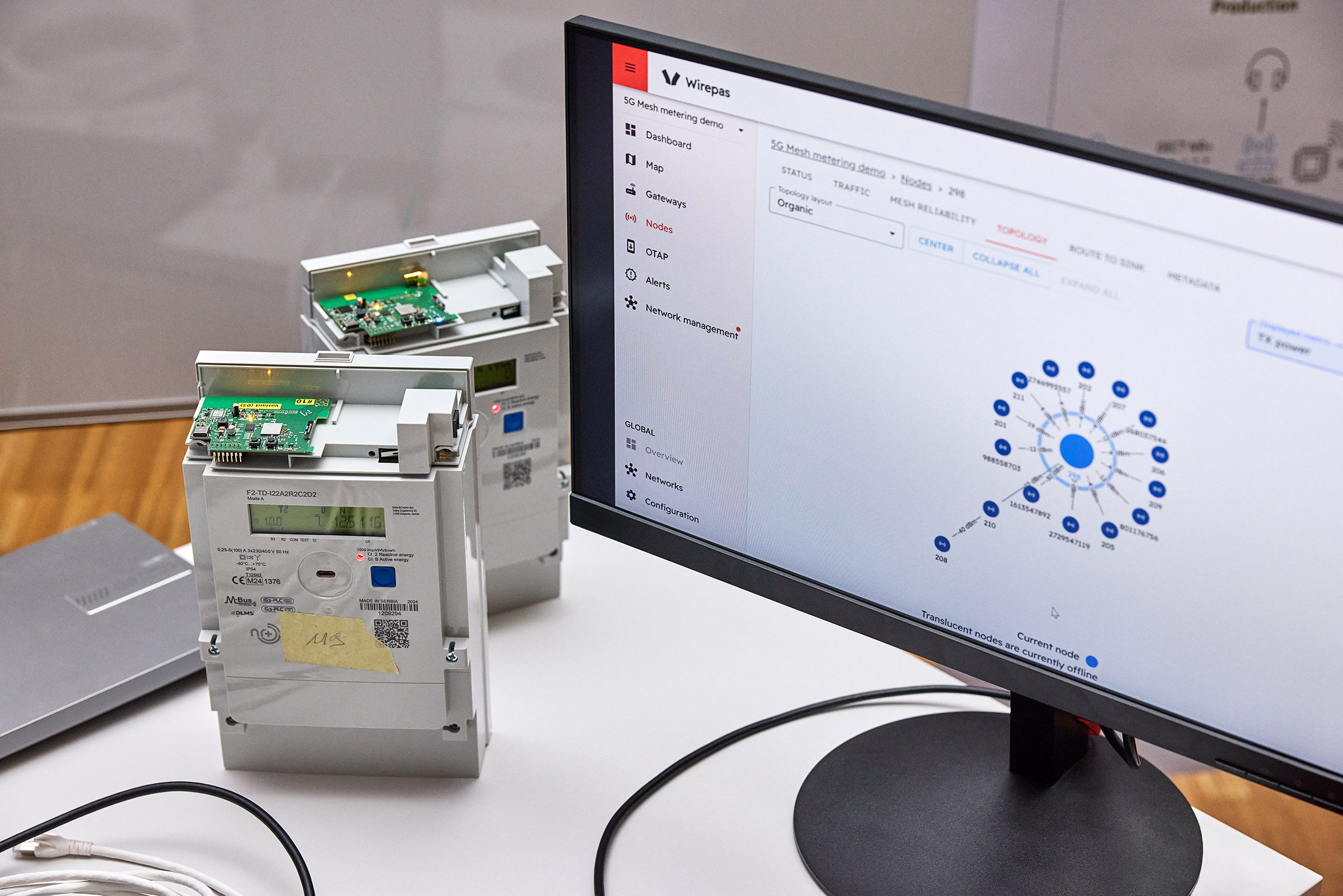
Besides developing their own small DECT NR+ boards, the Technical University of Cartagena also worked on mesh functionality and smart metering applications, demoing a vibration sensor that allowed for remote site monitoring.
Software-Defined Radio
The Institute of Communication Technology of Leibniz University Hanover (LUH) demoed software-defined radio, able to transmit at 3.8 to 4.2 GHz – so within a frequency band which is being discussed for allocation to private 5G networks in Europe – also proving that DECT NR+ can work outside the classical 1.9 GHz band.
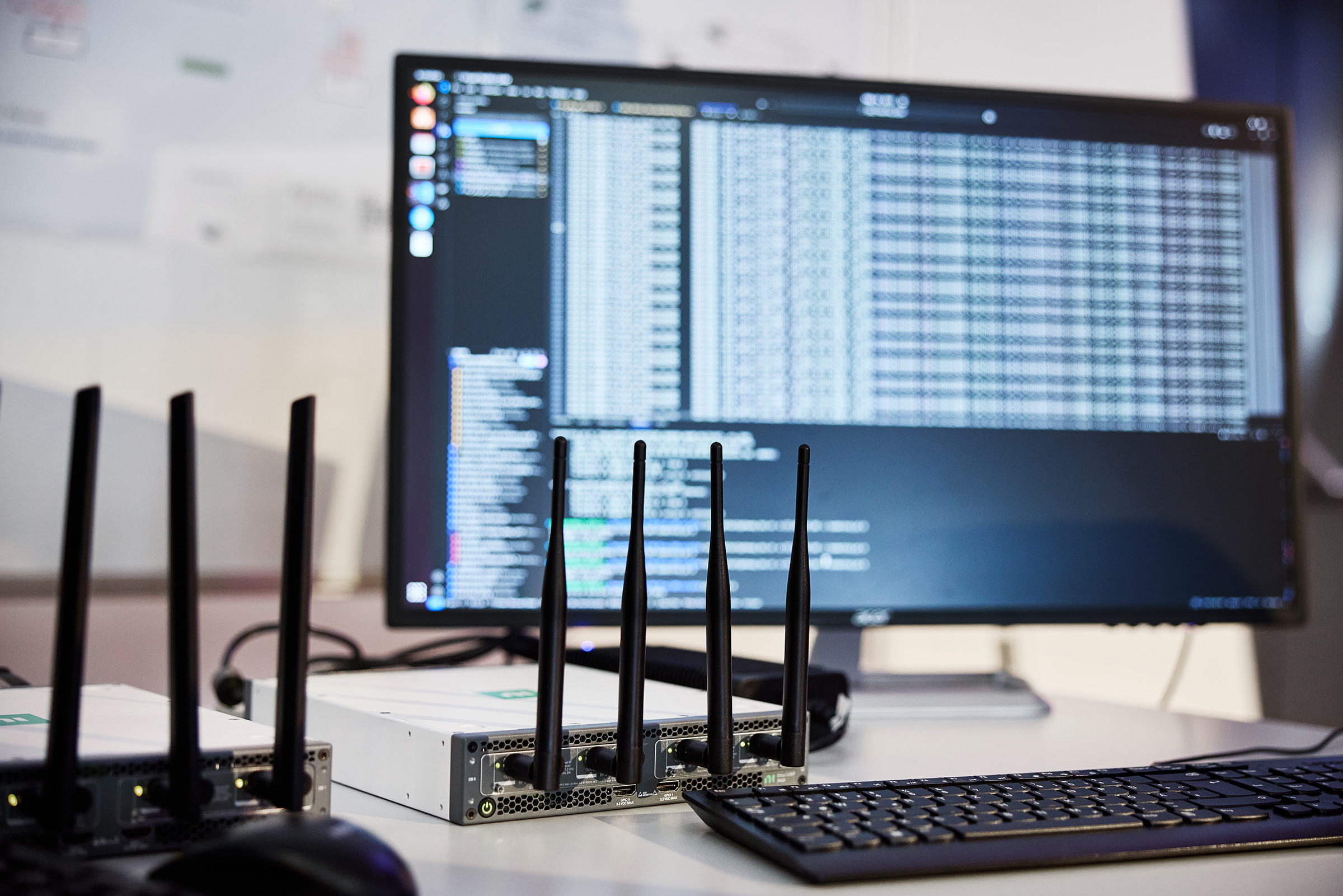
Regarding security, all data can be encrypted at various data levels, only revealing “sender” and “destination”. Pilz adds, “In a future scenario, any DECT NR+ enabled devices could help to pass on data packets; for example, a lighting system could forward audio data. In this way, many small networks can cooperate, all while protecting the encrypted data.”
LUH also researched into the cooperation of local DECT NR+ networks with large classical 5G via 3GPP mobile networks. As DECT NR+ is an alternative or complimentary technology for radio access network, 3GPP mobile networks could potentially be used to extend DECT NR+ coverage beyond the defined local network.
As the workshop was held in an industry environment, it also impressively demonstrated that co-existence with older DECT gear is no issue. The DECT standard requires all DECT units to scan their frequencies for other users, and to employ features like frequency-hopping to transmit on a free frequency.
Local/global media and music production via DECT NR+
RFmondial and Sennheiser used RFmondial’s MERCI evaluation board to create a wireless DECT NR+ microphone. While the DECT NR+ transmitter/receiver combo very much worked like a standard UHF wireless mic, just in a different frequency range, a mobile modem had been connected to the DECT NR+ receiver, creating a gateway via the public mobile network to the internet. This allowed the local audio signal to be stored in the cloud effortlessly and, now that it was accessible via Internet, the audio file could already be edited from anywhere on the globe.
